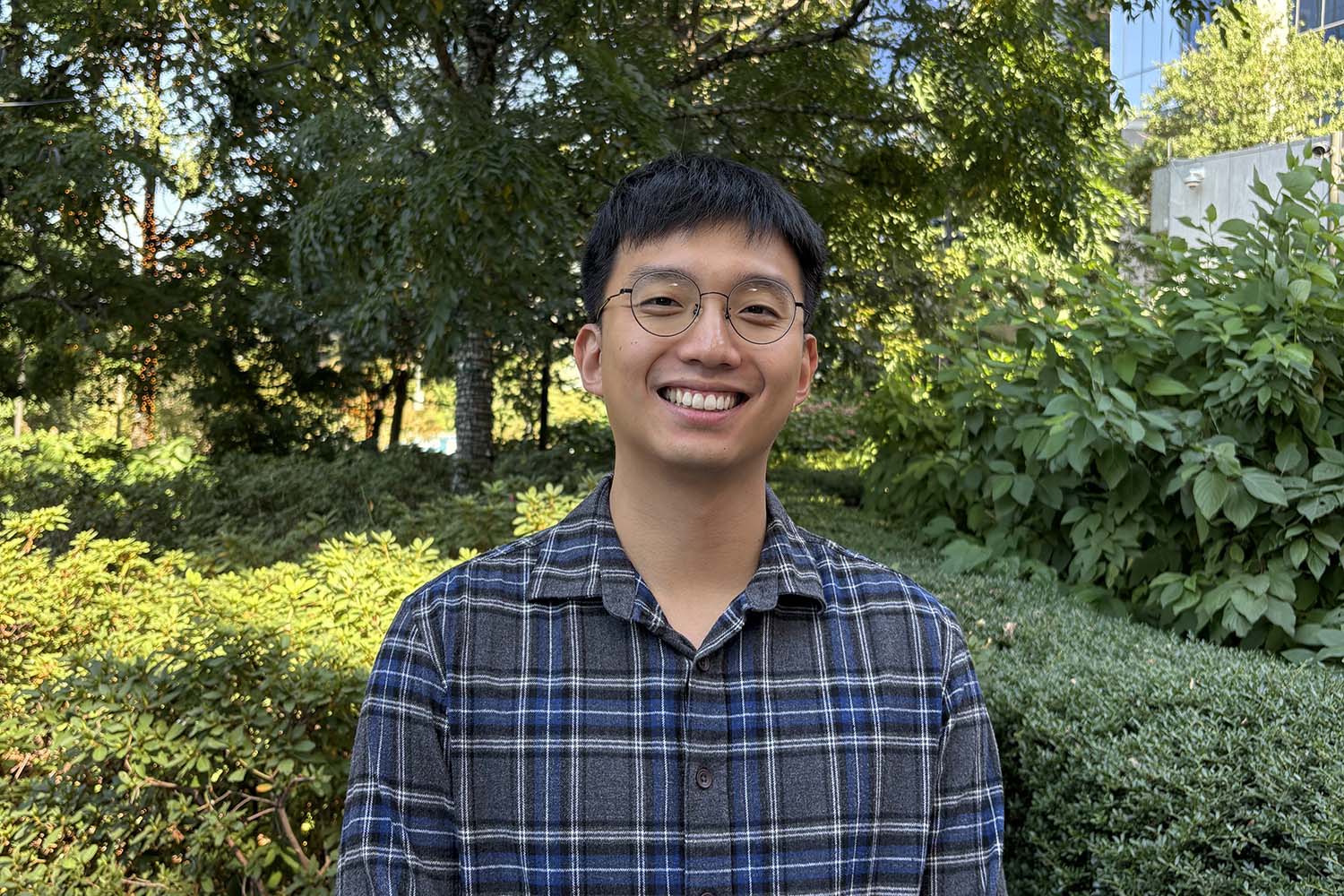Charting Chaos: Beom Park's Mission to Map the Unpredictable in Space

The Apollo 11 Postdoctoral Fellowship, launched in 2024, supports bold, forward-looking research in aerospace engineering. Among the first three recipients of this fellowship, Beom Park, is helping to illuminate one of the most complex challenges in spaceflight: chaos in cislunar space.
Park’s research, Identifying and Mitigating Chaos in the Cislunar Dynamical Regime, is a continuation of his doctoral work under Kathleen Howell, who is the Hsu Lo Distinguished Professor of Aeronautics and Astronautics at Purdue. Howell is a world-renowned expert in astrodynamics and a key figure in Purdue’s Cislunar Initiative.
This project seeks to create a kind of “atlas of chaos” — a map that identifies regions of space between Earth and the Moon where gravitational forces and perturbations make spacecraft trajectories difficult to predict.
“Right now, we don’t have a full understanding of how chaotic these regions are,” Park explains. “We want to know where it’s safe to fly and what strategies we can use when we have to operate in more chaotic zones.”
The cislunar environment features significant regions of sensitivity and instability. Beyond Geosynchronous Earth Orbit (GEO), spacecraft are simultaneously influenced by Earth’s and the Moon’s gravity, as well as additional solar perturbations that can hinder long-horizon predictability. This complexity demands a more flexible, compute-on-demand capability to support sustained operations — especially for multi-spacecraft networks and long-duration missions.
To manage this, Park’s research builds on the Earth-Moon Circular Restricted Three-Body Problem (CR3BP), a simplified model that exposes organizing structures, e.g., periodic orbits. However, these structures often break down when additional forces are introduced in a more realistic Higher-Fidelity Ephemeris Model (HFEM). Park’s work aims to bridge this gap by:
- Establishing a theoretical foundation for the mechanisms that introduce chaos in cislunar space.
- Validating the theory through numerical simulations.
- Developing practical applications to mitigate chaos in both mission design and real-time operations.
The Apollo 11 Fellowship has given Park the freedom to pursue this ambitious research without the constraints typical of industry-funded projects.
“External sponsors are often focused on specific missions,” he says. “But this kind of foundational research is too broad to fit into a single mission plan. The fellowship lets me focus on the bigger picture.”
In this animation designed by Beom Park, an object starts from a halo orbit in the CR3BP and gradually increases lunar eccentricity to mimic a more realistic environment. Park says that along this continuation, the curve hits a fold bifurcation — a turning point where the branch suddenly bends back and later reconnects to the simpler model. This “sharp turn” visualizes how small perturbations can reshape orbital structures: some parts persist with deformation, while others reorganize. Mapping these transitions helps mission designers avoid sensitive zones and choose safer paths.
Originally from South Korea, Park earned his undergraduate degree in aerospace engineering from Seoul National University before coming to Purdue in 2018. He completed his master’s in 2021 and his PhD in May 2025.
Park continues to collaborate with Professor Howell thanks to this fellowship — now working remotely from Jersey City, New Jersey, where his wife is studying economics at NYU. The guaranteed two-year funding was a major draw for Park, who notes that most postdoc positions offer only one year with uncertain extensions.
“This kind of stability is rare,” he says. “It means I can pursue a sustained research goal without constantly worrying about funding.”
Park’s work is part of Purdue’s broader push into space engineering, especially through its Cislunar Initiative, which aims to expand humanity’s reach throughout the solar system. He praises the university’s curriculum and its commitment to preparing students for the next era of space exploration.
“Purdue isn’t just focused on Earth-based systems,” he says. “It’s looking ahead to what’s needed in the coming space age.”
As Park continues to chart the unpredictable terrain of cislunar space, his research promises to lay the groundwork for safer, more reliable missions beyond Earth’s orbit. And thanks to the Apollo 11 Fellowship, he’s doing it with the full support of a university that’s committed to pushing the boundaries of aerospace engineering.
